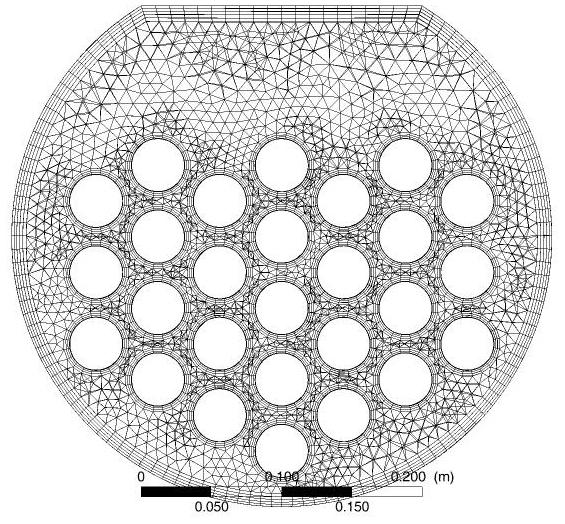Computational Fluid Dynamics (CFD) is the use of numerical methods to analyze fluid flow. CFD can be used as a tool to design new products or answer questions as part of a failure analysis. Typically, the domain where fluid flows are to be analyzed is broken into thousands of small grid cells or control volumes, and the Navier-Stokes equations are solved on this discretized grid using a computer (or multiple cores in the case of parallel processing) to provide a detailed description of the flow field.

One of the biggest challenges facing a CFD consultant is the treatment of turbulence, which is present in most flows of engineering significance. Several different methods for treating turbulence in CFD have been developed. One of the most common is Reynolds-Averaged Navier-Stokes (RANS) where the Navier-Stokes equations are time-averaged before being discretized and solved numerically; however, this time-averaging produces more unknowns than available equations due to the appearance of Reynolds stress terms, so the problem is ill-posed. A “turbulence model” is required to “close” the equation set. The most common approach in CFD consulting is the so-called k-ε model (or one of its many variants) wherein separate conservation equations are solved for turbulent kinetic energy (k) and its dissipation rate (ε). These quantities are in turn used to calculate a turbulent viscosity, thereby providing turbulence closure.
In recent years, Large Eddy Simulation (LES) has gained favor with many CFD consultants over RANS approaches. LES differs from RANS in that the governing equations are not time averaged before being discretized and solved. Instead, a spatial filter is applied to remove all eddies with length scales smaller than the filter width, and the flow is solved directly at the grid scale. Basically, the “large eddies” are directly calculated, whereas the “small” (subgrid) eddies are not. However, since these subgrid eddies affect the grid-scale fluid flow, a sub-grid scale “eddy viscosity” model is used to account for the effect of unresolved small eddies. Large Eddy Simulation gets its name because the large eddies are directly calculated, but the effect of small eddies is relegated to modeling. LES is more computationally expensive than RANS, but it is not as expensive as Direct Numerical Simulation (DNS) which cannot be applied to practical engineering problems due to computer power limitations (even with parallel processing).

Consequently, most CFD consultants work either with RANS or LES.
Several CFD packages are available to CFD consultants. These include freely available public domain codes such as OpenFOAM and Fire Dynamics Simulator (FDS). Commercial codes include Fluent, CFX, and STAR-CCM+, among others. Different CFD packages are appropriate for different applications.
Reax Engineering is skilled at providing clients with cost-effective CFD consulting solutions. For additional information about CFD consulting services, please contact Chris Lautenberger.
